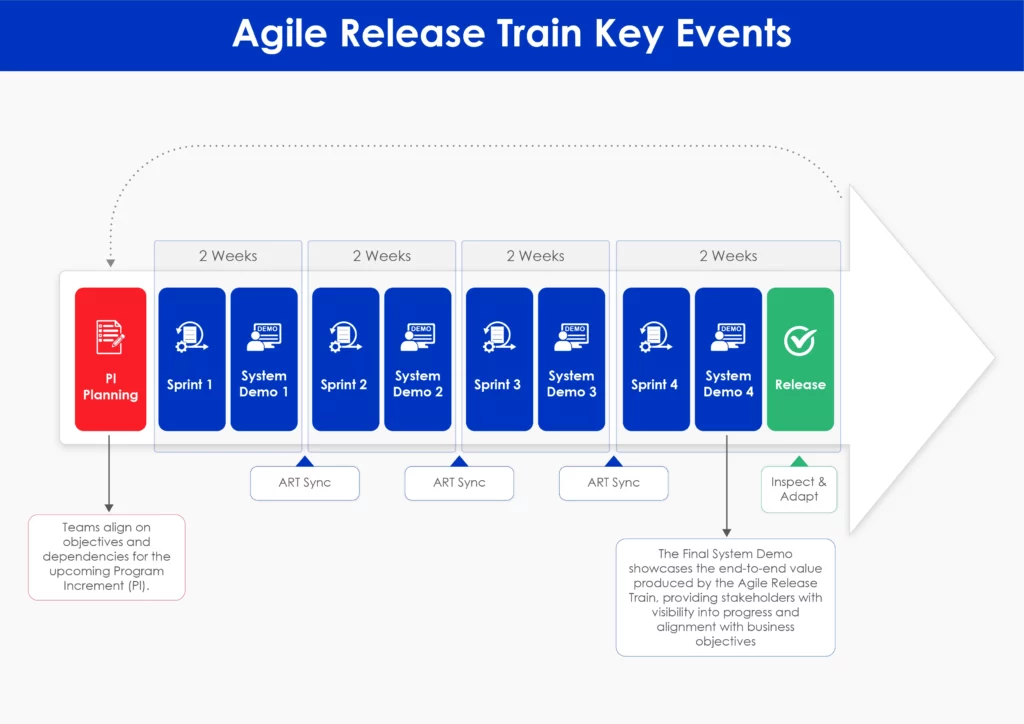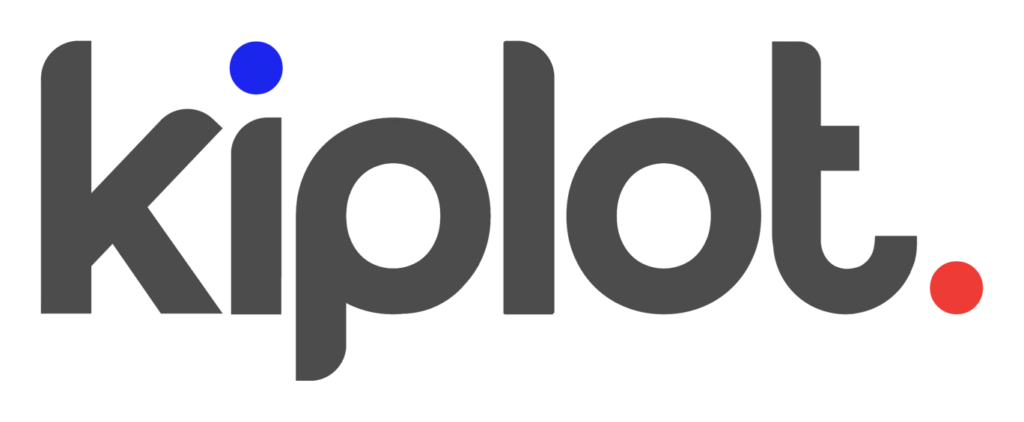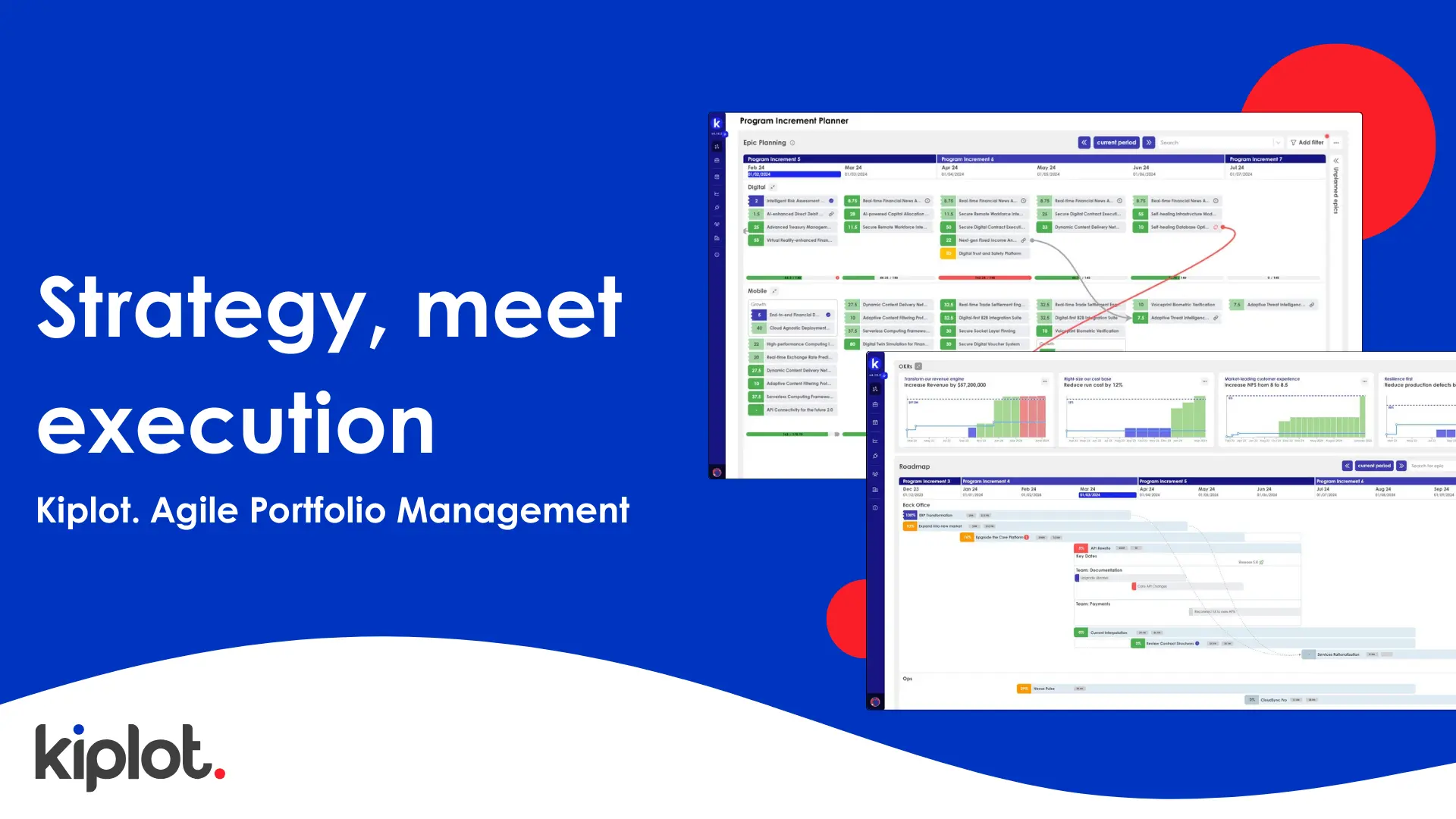Introduction
Scaling agile practices across enterprise organizations exposes challenges such as team misalignment, workflow inefficiencies, and inconsistent value delivery. Agile Release Trains (ARTs) address these issues head-on, acting as the backbone of the Scaled Agile Framework (SAFe). By orchestrating key events like PI Planning, System Demos, and Inspect & Adapt, ARTs ensure that teams remain aligned, collaborative, and responsive to change, driving true organizational agility.
In this article, we explore the benefits of ARTs, delved into the critical events that structure their cadence, and outlined the crucial role that leadership plays in their success. By embracing ARTs, organizations can overcome the inherent complexities of scaling agile, enabling them to consistently deliver value and maintain a competitive edge in an ever-evolving marketplace.
What are Agile Release Trains (ART)?
Agile Release Trains are long-lived teams of Agile teams, organized around a shared mission to deliver value. Operating within the SAFe framework, ARTs synchronize the work of multiple agile teams, ensuring that they move in unison towards common objectives. Each ART typically consists of 5 to 12 teams (50 to 125 individuals) that work together to deliver continuous value through Program Increments (PIs).
The core components of an ART include cross-functional teams, roles such as the Release Train Engineer (RTE), and value streams that guide the flow of work from ideation to delivery. By aligning these elements, ARTs enable organizations to maintain focus on strategic objectives, drive collaboration, and ensure that every team’s efforts contribute to the larger organizational goals.
💡 The Release Train Engineer (RTE) is a servant leader and coach responsible for ensuring that the Agile Release Train (ART) runs smoothly. They facilitate key events, manage risks and dependencies, remove impediments, and drive continuous improvement across the teams to ensure alignment and successful delivery of value.
What’s the difference between an ART and a Value Stream?
An Agile Release Train (ART) and a value stream are related but distinct concepts within the Scaled Agile Framework (SAFe). A value stream represents the entire flow of activities needed to deliver a product or service, focusing on maximizing value delivery from concept to customer.
An ART, however, is a team of agile teams that operates within a value stream to deliver increments of value in a synchronized cadence. ARTs are responsible for executing the work defined by the value stream, ensuring continuous delivery of value.
To simplify implementation and get started quickly, many organizations find it effective to nest ARTs within value streams as their second layer of organizational hierarchy. This approach allows organizations to align agile execution directly with the broader flow of value.
Key structures and where ARTs sit within Agile delivery
This table summarizes key organizational structures commonly found in agile frameworks, each with its unique role and composition. These structures— Value Streams, Guilds, Centers of Excellence (CoEs), Agile Release Trains (ARTs), and Chapters—work together to enhance collaboration, drive continuous improvement, and align teams around shared objectives:
| Name | Description | Typically Made Up Of |
|---|---|---|
| Value Stream | A series of steps that deliver a product or service to the customer, from idea to delivery. | Several ARTs, cross-functional teams, and other resources. |
| Agile Release Train (ART) | A long-lived team of teams, aligned to a common mission, delivering value incrementally. | 5-12 agile teams (50-125 people) from various disciplines. |
| Guild | A community of practice where individuals across different teams share knowledge and best practices. | Members with similar skills or interests from various teams. |
| Chapter | A group within a specific discipline (e.g., developers, testers) focused on skill development. | Individuals with the same role or expertise across teams. |
| Center of Excellence (CoE) | A team or group that drives best practices, standards, and continuous improvement in a specific area. | Experts in a particular domain, often cross-functional. |
What are the key Agile Release Train events?
Agile Release Train events are crucial to maintaining the rhythm, coordination, and effectiveness of the ART. These events provide structured opportunities for planning, feedback, adjustment, and synchronization.
Key ART Events
- PI Planning (Program Increment Planning)
- PI Planning is the cornerstone event of an Agile Release Train. It brings together all teams within the ART to plan and commit to the work that will be completed in the upcoming Program Increment. This event fosters alignment by ensuring that everyone is on the same page, setting clear objectives, and creating a shared vision for the next iteration of work. By the end of PI Planning, teams have a well-defined roadmap that guides their activities over the next 8 to 12 weeks.
💡 Click here to download our PI Planning Event Agenda and optimize your PI Planning events.
- System Demos – “Show ‘n’ tell”
- System Demos occur at the end of every iteration within a PI and serve as an opportunity to showcase the work completed by the teams. These demos provide visibility into progress, allow stakeholders to give feedback, and ensure that the product is evolving in line with expectations. The transparency fostered by System Demos is key to maintaining trust and driving continuous improvement within the ART. The Final System Demo, conducted at the end of the PI, provides a comprehensive view of the integrated work delivered across all teams, offering a holistic assessment of the product increment in alignment with the PI’s objectives.
- Inspect and Adapt (I&A) – “Retrospective”
- The Inspect and Adapt event is a critical moment for reflection and improvement. Held at the end of each Program Increment, the I&A event allows teams to assess what went well, what didn’t, and how processes can be refined moving forward. This event supports a culture of continuous learning and adaptation, ensuring that the ART can respond to changing conditions and improve over time.
- ART Sync (Scrum of Scrums & PO Sync)
- ART Sync meetings, including the Scrum of Scrums and PO Sync, are regular coordination sessions designed to keep all teams aligned and on track. The Scrum of Scrums allows teams to address cross-team dependencies and obstacles, while the PO Sync ensures that product owners are in alignment on priorities and progress. These events are essential for maintaining the flow of work and ensuring that no team is working in isolation.

How Agile Release Trains drive organizational agility
Agile Release Trains (ARTs) are the operational backbone that enables large organizations to scale agile practices effectively. In this section, we explore how ARTs create and sustain organizational agility by managing complexity, fostering responsiveness, and driving continuous value delivery.
Managing cross-team dependencies and integration
Agile Release Trains (ARTs) address the complexities of scaling agile by establishing processes for managing dependencies and ensuring seamless integration across teams. Through key events like PI Planning and ART Syncs, ARTs proactively identify and resolve cross-team dependencies, minimizing delays and enhancing the coherence of the final product. This structured synchronization ensures that all teams within the ART move in harmony, contributing to a unified and integrated product.
Incremental and iterative delivery at scale
ARTs enable large organizations to embrace incremental and iterative delivery by breaking down complex projects into manageable Program Increments (PIs). Each PI represents a focused period during which teams deliver tangible, valuable features. This approach not only accelerates time-to-market by allowing earlier releases but also incorporates continuous feedback, ensuring that the product evolves in alignment with customer needs and market demands. The iterative nature of ARTs fosters a culture of continuous improvement, where teams rapidly apply learnings to enhance agility.
Decentralized decision-making for enhanced responsiveness
In traditional organizational structures, centralized decision-making often leads to bottlenecks and slower responses to change. ARTs empower decentralized decision-making, allowing teams to make critical decisions quickly and autonomously within the framework of the ART’s objectives. This decentralized control is essential for maintaining organizational agility, enabling teams to respond in real-time to new information, customer feedback, or market shifts, without waiting for approvals. The balance between autonomy and alignment ensures that teams stay focused on strategic goals while retaining the flexibility needed to adapt.
Continuous feedback loops and adaptation
ARTs are designed to facilitate continuous feedback loops, an essential component of organizational agility. Regular System Demos and Inspect and Adapt (I&A) events provide structured opportunities for stakeholders to review progress and offer feedback. This feedback is immediately integrated into the development process, allowing teams to adapt and refine their work in real-time. The emphasis on continuous feedback and adaptation ensures that ARTs remain responsive to changing conditions and customer needs, driving sustained value delivery and fostering innovation.
The crucial role leadership plays in supporting ARTs
The success of Agile Release Trains (ARTs) is deeply linked to the support and guidance of leadership. Below, we examine how leadership plays a pivotal role in creating the conditions necessary for ARTs to succeed, ensuring that the organization reaps the full benefits of scaled agile.
Fostering a culture of agility
Fostering a culture of agility is crucial for the success of ARTs. Leaders must embrace transparency, collaboration, and continuous improvement, ensuring these values are embedded throughout the organization. This cultural shift embodies ARTs to operate with the flexibility, autonomy, and confidence needed to deliver consistent value at enterprise-level.
Empowering teams through servant leadership
In the context of ARTs, servant leadership is essential. Leaders should focus on empowering teams by removing obstacles, providing necessary resources, and enabling teams to take ownership of their work. Servant leaders facilitate team success rather than directing it, creating an environment where teams can thrive without unnecessary interference, driving better outcomes.
💡 Servant leadership is a management philosophy where leaders prioritize the needs of their teams, focusing on removing obstacles, providing support, and fostering an environment where individuals can thrive.
Removing organizational impediments
Leaders play a critical role in identifying and removing organizational impediments that hinder ARTs. This involves streamlining processes, breaking down silos, and investing in the tools and technologies that support agile practices. By proactively addressing these challenges, leaders enable ARTs to function more efficiently and adapt quickly to changing market conditions, ensuring that the organization remains agile and responsive.
Aligning ARTs with strategic objectives
Strategic alignment is vital for ensuring that ARTs contribute meaningfully to the organization’s long-term success. Leaders must clearly communicate the organization’s vision and ensure that ART goals reflect this strategy, particularly during PI Planning. This alignment ensures that the value delivered by ARTs is not only effective but also retains strategic significance, driving the organization toward its broader objectives.
Promoting continuous improvement and innovation
Leadership must actively promote a culture of continuous improvement and innovation within ARTs. By encouraging regular reflection, knowledge sharing, and experimentation, leaders help ARTs evolve and consistently deliver value that aligns with both immediate needs and future goals. This commitment to continuous improvement ensures the long-term sustainability and effectiveness of ARTs within the organization.
Conclusion
ARTs are not just about scaling agile practices; they are about transforming the way organizations work, enabling them to respond swiftly to market demands, innovate continuously, and deliver products that truly meet customer needs. As enterprises increasingly embrace the principles of agility, ARTs will continue to play a critical role in driving success and agility at scale.
Learn more about how Kiplot enables ARTs to deliver value faster and drive enhanced enterprise agility with our Agile Portfolio Management software.

